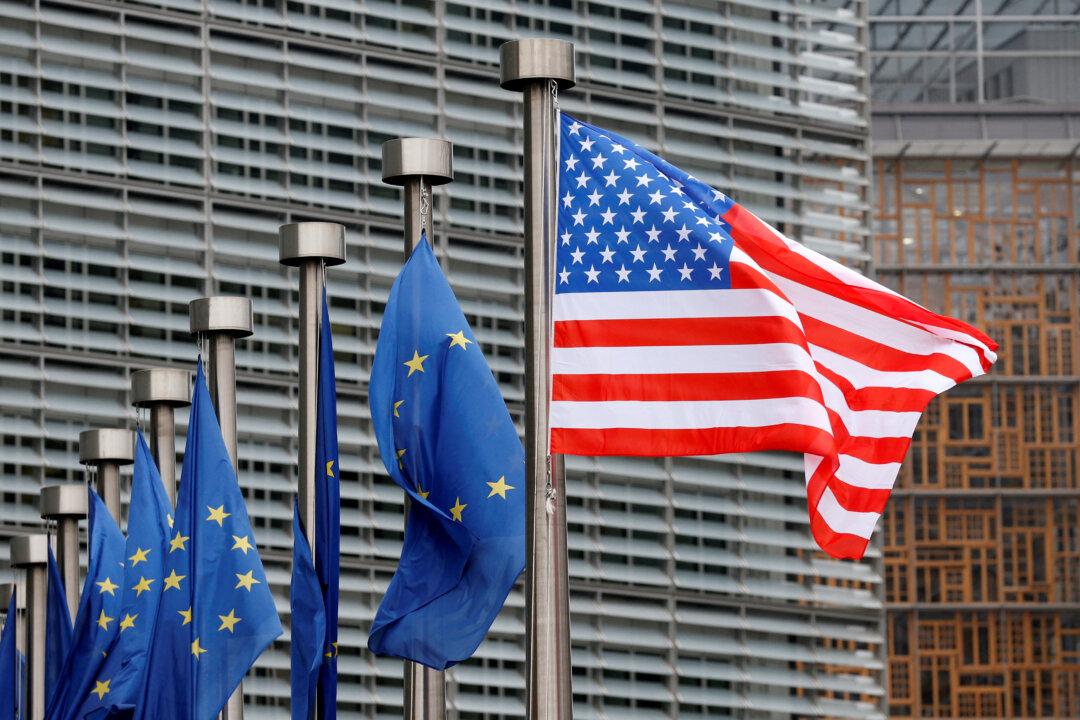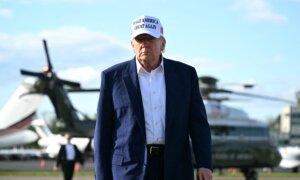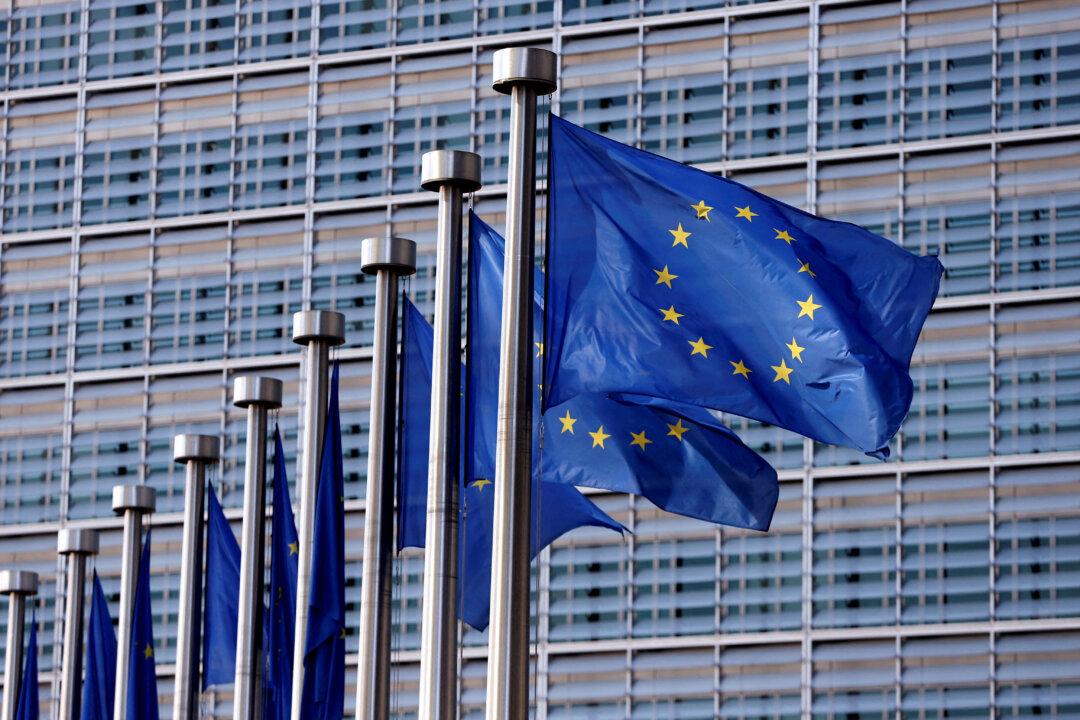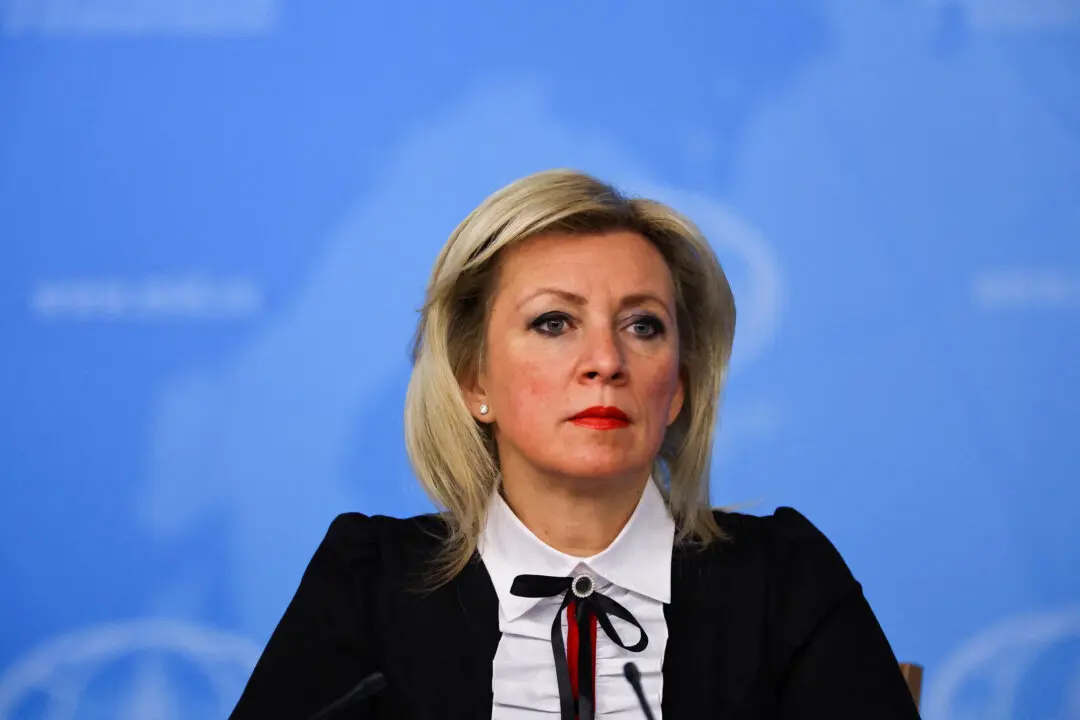Major U.S. stock indices and European shares had fallen on May 23, after Trump announced he was moving the deadline forward to June 1.
On May 25, he reinstated the original deadline of July 9 to allow talks to continue, following a phone call with European Commission President Ursula von der Leyen.
Germany’s DAX added 1.7 percent, and the CAC 40 in Paris was 1.3 percent higher. London’s markets were closed for a public holiday, as were markets in the United States.
Stock prices of European carmakers, luxury retailers, and wine and spirits firms all rose on May 26 after the original deadline was reinstated.
The euro also reached its highest level against the dollar since April.
“The EU and US share the world’s most consequential and close trade relationship,“ she wrote. ”Europe is ready to advance talks swiftly and decisively. To reach a good deal, we would need the time until July 9.”
“We had a very nice call, and I agreed to move it,” Trump said of the phone conversation before returning to Washington after spending the weekend in New Jersey. “She said we will rapidly get together and see if we can work something out.”
U.S. and EU trade representatives are scheduled to hold talks on May 26.
Gold prices also dropped on May 26 as demand for the safe-haven asset dropped among investors.
Spot gold was down by 0.8 percent at $3,329.78 an ounce, as of 10.36 GMT, and U.S. gold futures fell by 1.1 percent to $3,329.20.
The precious metal has repeatedly hit record highs in recent months due to the economic uncertainty brought on by Washington’s tariff policy.
Brussels already faces 25 percent levies on steel, aluminum, and cars, as well as “reciprocal” tariffs of 10 percent on almost all other goods. That tariff is due to rise to 20 percent after the 90-day pause expires in July unless a deal is struck.
May 26 also saw German Economy Minister Katherina Reiche call for calm in negotiations with the United States. She said that talks had to continue.







